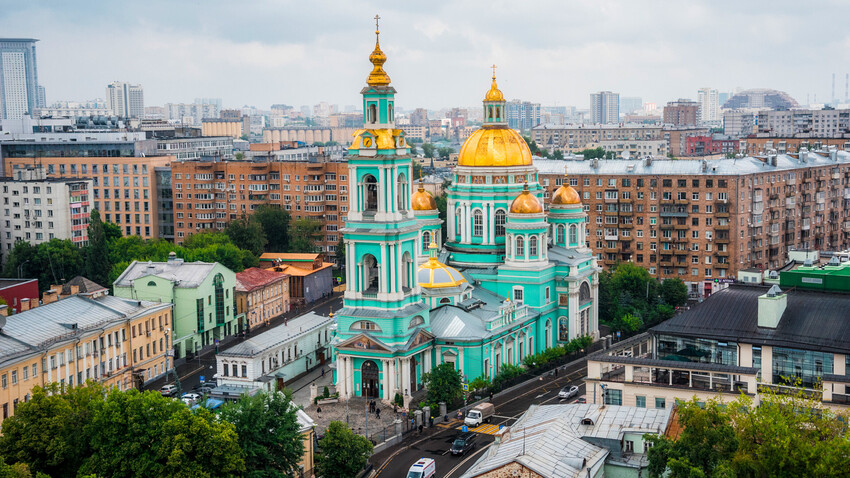
Once in power, the Bolsheviks began an active campaign against religion. Tens of thousands of churches were destroyed or closed, religious valuables were confiscated or sold and bells were melted down (Read more about this here). The surviving churches were used as warehouses, prisons, houses of culture and for various other secular needs.
But, miraculously, there were about a hundred churches that were closed either for a very short period of time or not closed at all. Among them were often little-noticed churches on the outskirts or by cemeteries, for example. But, there were also large churches and cathedrals, which continued services even during the years of anti-religion campaigning.
How did this happen and what kind of churches were they? Below are just a few vivid examples.
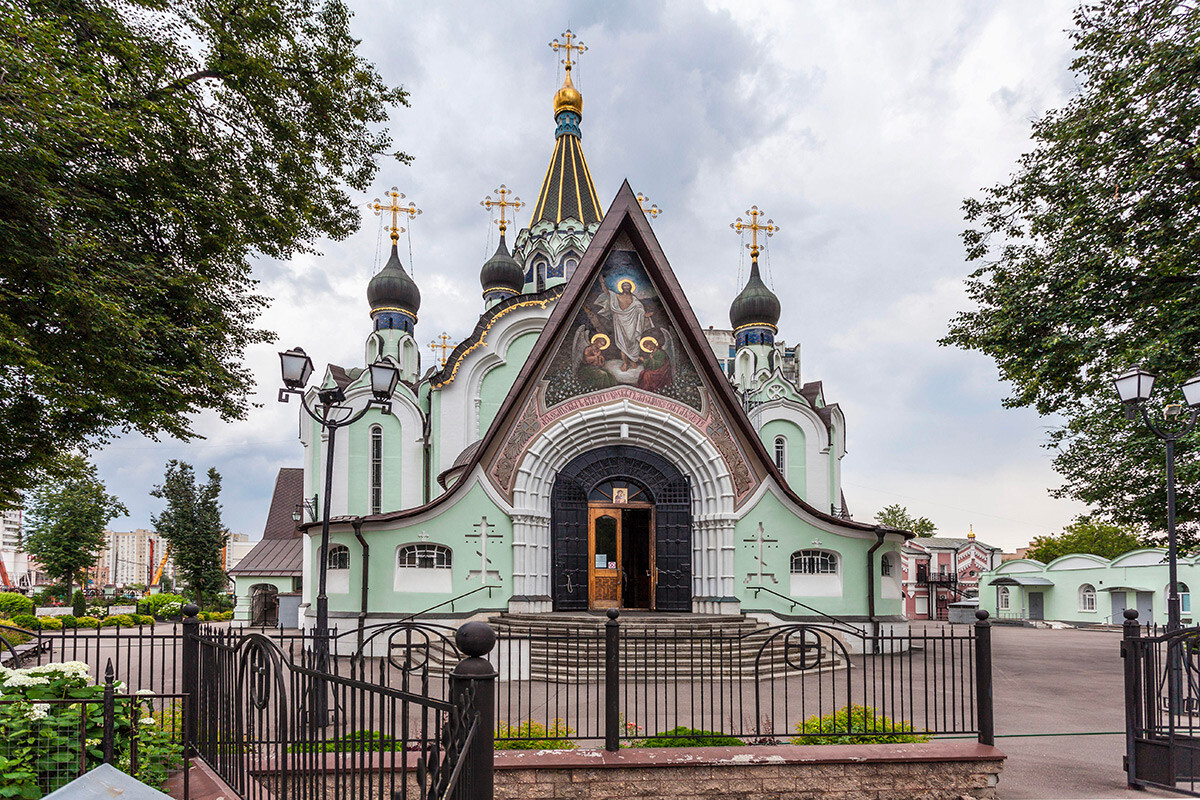
A few more than 30 churches in total were allowed to operate in Moscow during the Soviet era.
The Church of the Resurrection in Sokolniki is an architectural masterpiece combining Neo-Russian style and Art Nouveau. It was built in 1913, shortly before the Bolshevik Revolution. In the 1920s, the church was about to be demolished, but, eventually, valuables and icons from other closed or destroyed churches were brought there. After the demolition of the Christ the Savior Cathedral, this church, in fact, became the cathedral of the so-called ‘Renovated Church’. This was the part of the clergy that cooperated with the Soviet authorities in the 1920s.

This late 17th century church witnessed a church schism after the revolution. It was also given to the Renovated Church, which betrayed the acting Patriarch Tikhon. In the 1940s, Joseph Stalin rehabilitated the Russian Orthodox Church and a new patriarch, Alexis I, was elected. But, the St. Pimen Church remained a stronghold of Renovationism and its Metropolitan Alexander Vvedensky continued to serve there. Only after his death did the church join the official Russian Orthodox Church and, at liturgy, Patriarch Alexis even said that the walls of the temple “blushed” for those people who served in it (referring to the church's red walls).
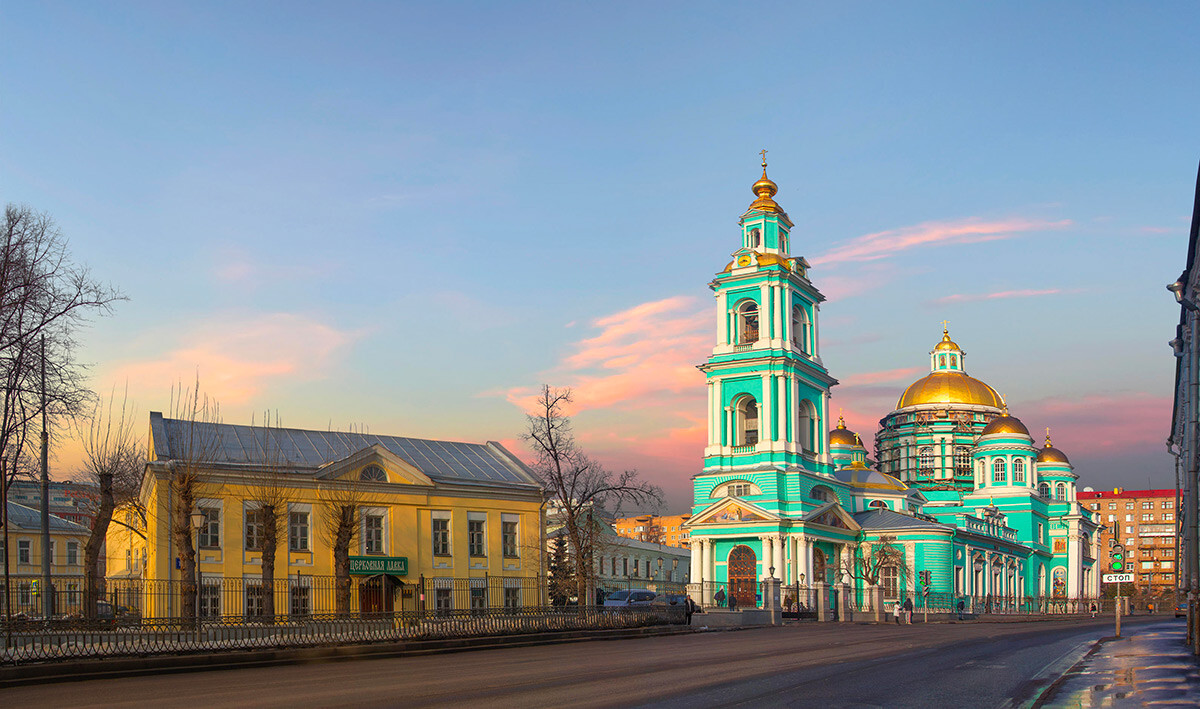
The Epiphany Church in the village of Yelokhovo has been known since the late 17th century and it was there that Alexander Pushkin was baptized. Now, this place is part of Moscow's Basmanny District. The church acquired its modern look in the 1830s, when it was completely rebuilt. After the 1917 Bolshevik Revolution, valuables were removed from the church, but Soviet authorities recognized the building as a monument of classicism architecture and decided not to demolish it. And, from 1938, the cathedral became patriarchal; it was there that all Moscow patriarchs from 1943 to 1990 “took office” at a solemn liturgy. In the 1990s, until the restoration of the Christ the Savior Cathedral, the Yelokhovo Church was considered the main cathedral of the Moscow diocese of the Russian Orthodox Church.
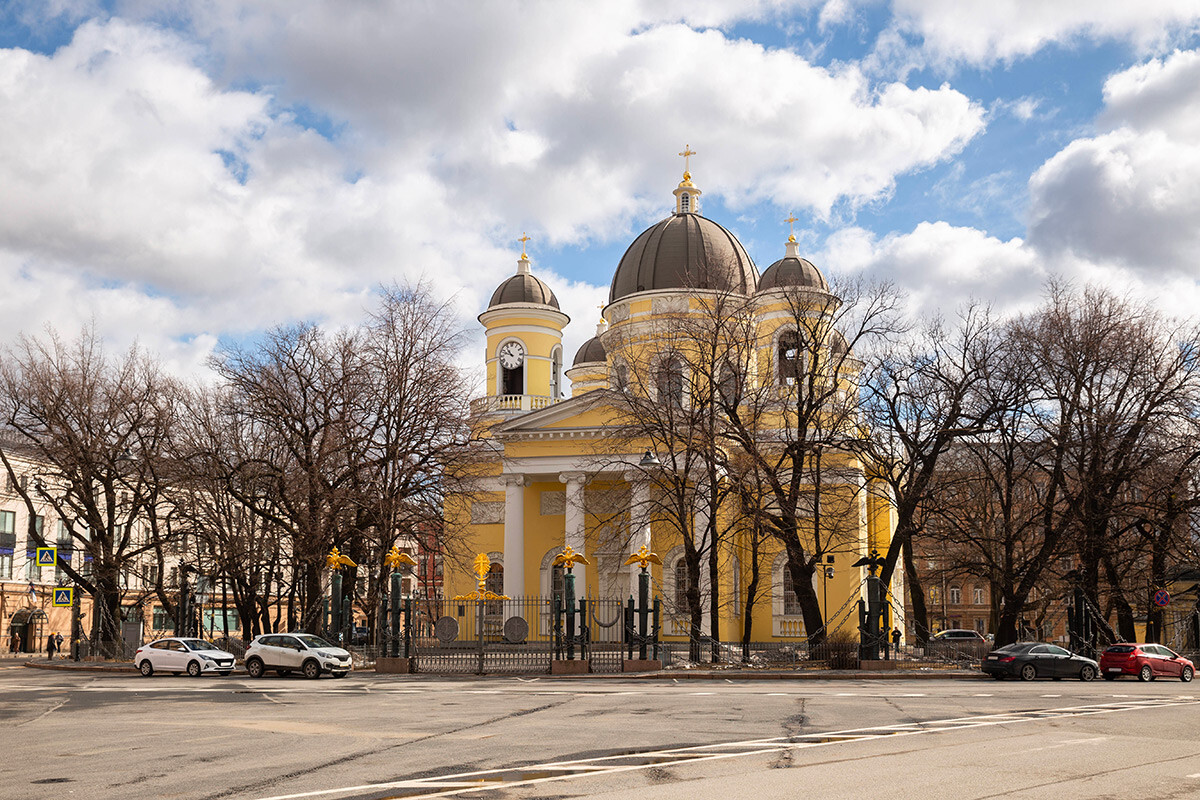
This cathedral was built in the 1820s in the style of classicism. The rich decoration of precious metals was confiscated in early Soviet times, but services weren't banned. Back in the 1920s, the cathedral was handed over to the Renovated Church and it was their “headquarters” in then Leningrad.
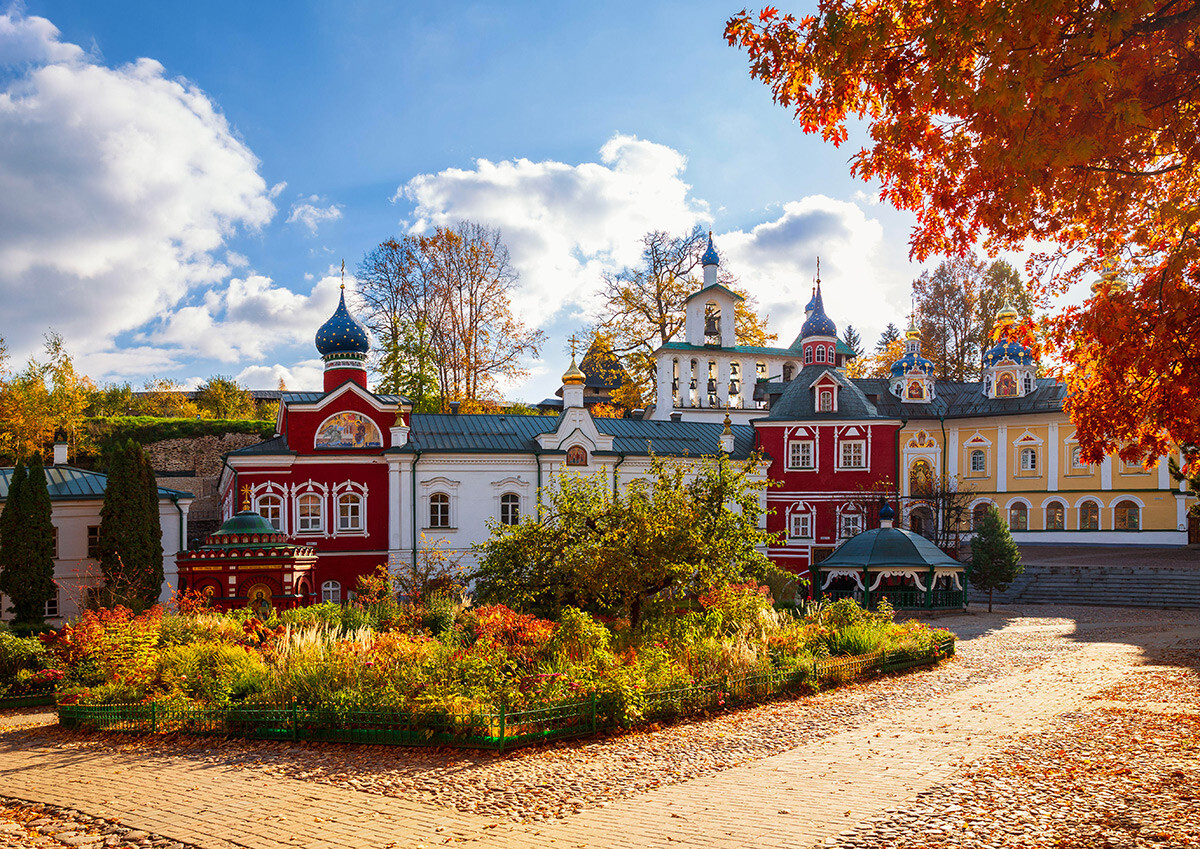
During the Soviet era, only about 20 monasteries remained open (and almost all of them were in other republics outside of Soviet Russia). Even the Trinity-St. Sergius Lavra was closed for worship for more than 20 years, though carefully preserved as an architectural monument.
However, the Pskov-Caves Monastery was lucky, as, throughout its history, it was never once closed. From 1920 to 1945, this monastery in the town of Pechory was on the territory of Estonia, so Soviet power did not reach it. During World War II, the monastery ended up in occupied territory.
After the war, Pechory and the monastery were transferred from Estonia to the Pskov region of Soviet Russia. Many monks were veterans of the war. For more than 40 years, the monastery was the home of Archimandrite (superior abbot) John Krestyankin, one of the most revered spiritual fathers of the modern times.
Dear readers,
Our website and social media accounts are under threat of being restricted or banned, due to the current circumstances. So, to keep up with our latest content, simply do the following:
If using any of Russia Beyond's content, partly or in full, always provide an active hyperlink to the original material.
Subscribe
to our newsletter!
Get the week's best stories straight to your inbox